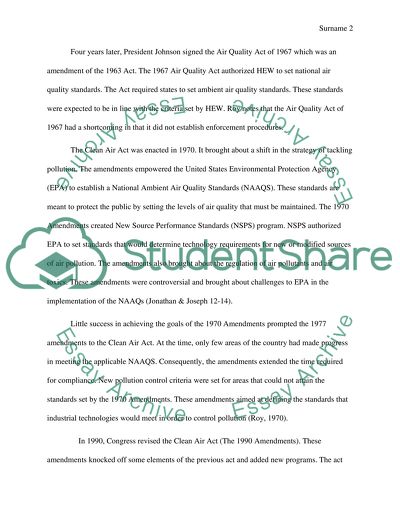Cite this document
(“The Clean Air Act Essay Example | Topics and Well Written Essays - 1500 words”, n.d.)
Retrieved from https://studentshare.org/environmental-studies/1395333-the-clean-air-act
Retrieved from https://studentshare.org/environmental-studies/1395333-the-clean-air-act
(The Clean Air Act Essay Example | Topics and Well Written Essays - 1500 Words)
https://studentshare.org/environmental-studies/1395333-the-clean-air-act.
https://studentshare.org/environmental-studies/1395333-the-clean-air-act.
“The Clean Air Act Essay Example | Topics and Well Written Essays - 1500 Words”, n.d. https://studentshare.org/environmental-studies/1395333-the-clean-air-act.


